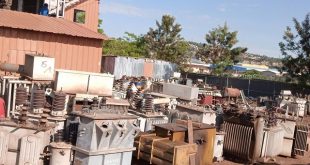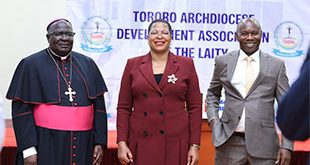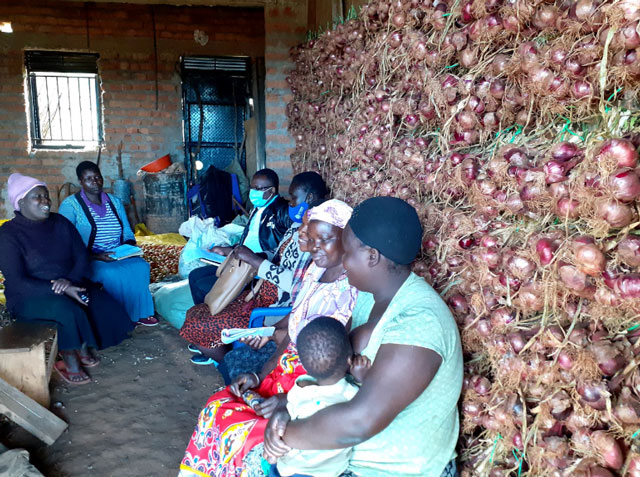
LABOUR DAY 2021 
The overall goal of the programme, derived from the outcomes of the fifth UN sustainable development goal, can only be achieved by attaining the following strategic objectives; 1) strengthening the capacity of women for entrepreneurship development, 2) provision of affordable credit and support access to other financial services to enable women establish and grow their business enterprises, 3) facilitating women’s access to markets for their products and services, 4) promotion of access to appropriate technologies for production and value addition, and 5) strengthening programme management and coordination.
Target Beneficiaries
The primary target beneficiaries of the Programme are women within the age bracket of 18-79 years. The assumption is that those beyond 79 years will be catered for under the Social Assistance Grants for Empowerment (SAGE) Programme. Since the Youth Livelihood Programme (YLP) targets young women aged 18 – 30 years (the Programme guidelines stipulate that 30% of the Youth Interest Group members should be female), the female youth already benefiting from YLP are not considered as beneficiaries for UWEP. The Programme as much as possible promotes the integration of the following categories of women as beneficiaries:
- Unemployed women.
- Vulnerable Groups e.g. Single young mothers, Widows and Gender-based Violence (GBV) survivors.
- Women with Disabilities.
- Women living with HIV/AIDS.
- Women heading households.
- Women slum dwellers.
- Women living in hard to reach areas, and,
- Ethnic minorities.
Remarkable achievements have since been registered as indicated below:-
| FINANCING OF WOMEN PROJECTS AS AT 31-Mar-2021 | |
| TOTAL NUMBER OF PROJECTS FINANCED | 13,822 |
| TOTAL NUMBER OF BENEFICIARIES | 166,295 |
| TOTAL AMOUNT DISBURSED | 85,614,759,239 |
DISBURSEMENTS BY SECTOR
| Sector | Amount disbursed | % | N0 of projects | N0 of women |
| Wholesale and retail trade | 35,404,033,822 | 41.4% | 5,971 | 73,506 |
| Agriculture | 28,627,317,710 | 33.4% | 4,761 | 57,294 |
| Services | 10,183,303,854 | 11.9% | 1,429 | 16,454 |
| Industry | 7,305,046,143 | 8.5% | 1,062 | 12,221 |
| Creative industry | 1,579,836,582 | 1.8% | 259 | 2,954 |
| Transportation | 985,020,913 | 1.2% | 107 | 1,198 |
| Agro industry (value addition) | 936,937,105 | 1.1% | 131 | 1,493 |
| Agro forestry | 535,951,510 | 0.6% | 94 | 1,089 |
| ICT | 57,311,600 | 0.1% | 8 | 86 |
| Grand total | 85,614,759,239 | 13,822 | 166,295 |
Recovery of Funds
Out of a total UGX 26,344,694,432 expected to have been recovered by 31st March, 2021, UGX 18,647,703,806 had already been recovered which is 70.8% recovery rate. Out of the gross recoveries made, UGX 10,703,229,580 has been revolved back to fund new groups in the respective Local Governments.
A total of 619 women groups have repaid 100% of the funds advanced to them. The best three performing districts in terms of recovered funds as at 31st December, 2020 include Sembabule, Kasese and Kyegegwa. Those that were trailing included Kalaki, Kassanda and Bukwo.
BENEFITS OF THE PROGRAMME
The immediate benefits arising out of UWEP include the following:
- Increased access to affordable credit by women, in this regard, 166,295 women have accessed credit to initiate, manage and expand their
- Financial inclusion of women. To date, 13,822 women groups have group bank accounts that were opened to access UWEP funds. With the routine of having to deal with the bank in terms of transactions, this has exposed many of the rural women to financial systems hence improving their financial literacy.
- Acquisition of assets. The women that have benefited from the Programme have been able to acquire assets such as domestic animals; 59.7%, mattresses; 54.5%, phones; 51.9%, beds; 28.3%. In addition the Programme has enabled women to acquire assets such as land; 1.1% and houses; 0.8%.
- Women have reported increased incomes as evidenced by their ability to pay school fees, access to health services and improved nutrition.
- The Programme has also helped women create opportunities for direct self-employment and over 587,755 dependents have benefit through multiplier effects at household and community level.
- Enhanced knowledge and skills. The women beneficiaries have acquired skills in various disciplines such as, basic financial management, record keeping, entrepreneurship, procurement, group dynamics and marketing among others, which is aiding mindset change.
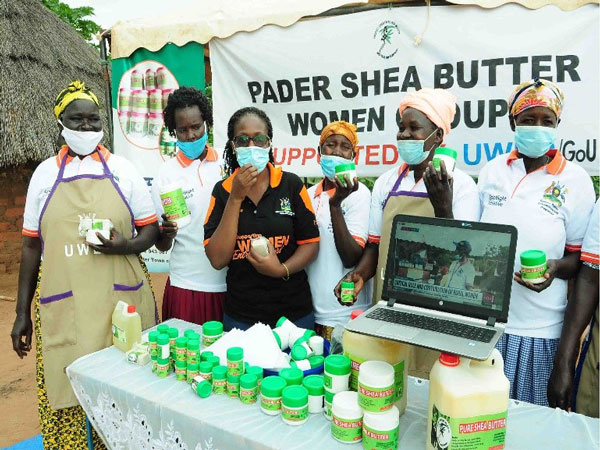
- At a macro-level, the Programme is making a contribution towards enhancing import substitution and export promotion through financing of projects in grain milling, fruit drying and processing, shear butter processing, wine making, liquid soap making, agricultural feed production, metal fabrication, food processing, tie and dye, manufacturing of leather products such as shoes, and bags among
- The group approach has given Women an opportunity to improve knowledge and skill through mentoring each other. The greater involvement of the Women in mobilization, sensitization, prioritization and planning for their needs, implementation and monitoring and evaluation of Programme activities has created a sense of empowerment and confidence to take charge of their destiny.
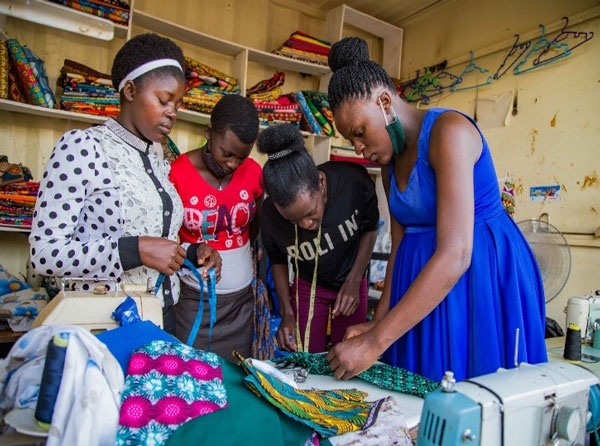
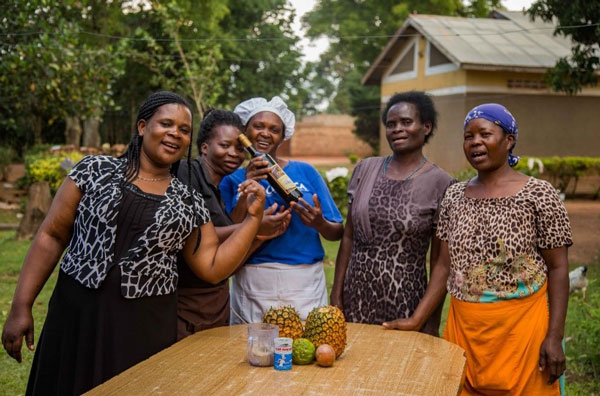
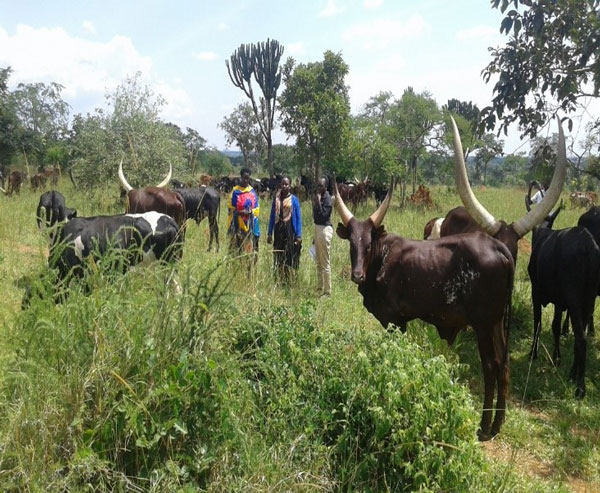
 The Independent Uganda: You get the Truth we Pay the Price
The Independent Uganda: You get the Truth we Pay the Price

